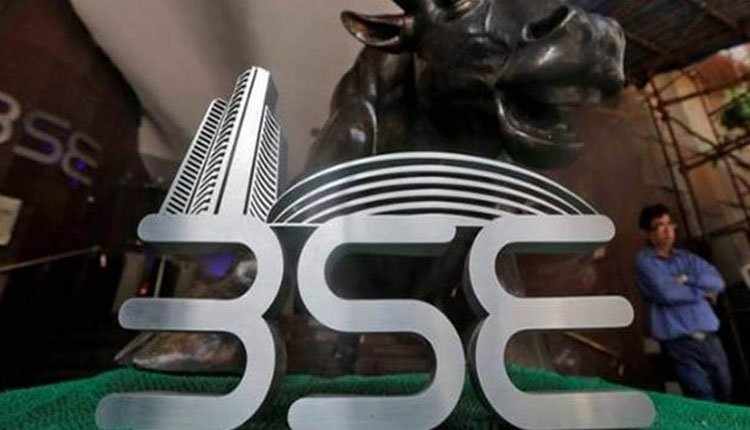General Outlook for 2021: the year ahead for India and the world
As a very challenging year comes to a close, it is important to assess the ups & downs, recoveries, and opportunities that might arise in 2021. The COVID-19 pandemic has had an unexpected impact on the global economy by shrinking industrial production, imports, crude consumption, and so forth. It also caused a stock market meltdown by the end of Q1 CY2020. The aftermath of the coronavirus further wreaked havoc with a series of lockdowns that affected the employment, savings, and daily lives of millions.
Nevertheless, we were able to observe green shoots of economic recovery starting from May, wherein India came out of lockdowns through sequential phases of ‘Unlocks’. The unprecedented economic contraction since March had to be overturned, thereby prompting the government to drive relevant economic and social measures.
Measures taken since the economic meltdown
Any crisis warrants special economic measures to bring everything back on track with minimal disruptions. Governments across the world went ahead with fiscal stimulus packages to bring back productivity across the horizontal market. For instance, the U.S. government had announced a stimulus of $2.7 trillion in March, with subsequent fiscal measures by the U.S. Federal Reserve amounting to almost $4 trillion. It helped the market sentiments as well as sectoral readjustments across industries.
Similarly, the Indian government launched the Atmanirbhar Bharat Abhiyaan initiate, under which the Finance Ministry announced an economic package including subsidies, direct benefit transfers, and monetary stimulus to name a few. Due to India’s large population, lacs of cases were reported. The case trends are fortunately on the decline now. Even amid high cases, the measures have proven to be effective in driving the composite PMI (Purchase Managers Index) up to 58.9 this month, compared to October’s 54.6.
Through the two phases of the Atmanirbhar Bharat initiative, the government has so far allocated INR 14.49 lac crores for various schemes. The third phase has recently allocated an additional INR 2.65 lac crores to boost economic activity. In addition to these, the RBI has announced its own fiscal measures amounting to INR 12.71 lac crores until the 31st of October, 2020. Even though the Indian economy underwent a contraction of around -23% in Q1, it is currently performing better than expected at 7.5%, with estimates indicating a positive net growth rate of close to 5% by the end of FY2021.
Recent trends, market forecast, and the way forward
In terms of the fight against the virus, positive news from biotech and pharma firms like Moderna and Pfizer have uplifted the market sentiment, something that has given everyone a reason to cheer. Following successful vaccine trials, several researchers have achieved the desired results in over 90% of trial cases, and they are now on the verge of receiving approvals from the respective drug agencies. Official claims indicate inoculation of vaccines could begin as soon as January-end with mass production and implementation by the end of the financial year.
News on vaccine trials, stimulus packages, and an increase in industrial activity will give markets the much-needed push to perform in the middle and long run. While there could be some cautious approach from investors over temporary market corrections, the overall forecast shall stay positive going into FY2022 and FY2023 as well. When it comes to the sectors that are geared to perform better, IT and Pharma are leading from the front, owing to their strong revenue visibility. In addition to these, Automobile, Cement, and Consumer Durable sectors shall also do well as the economy continues to rebound. Since the advent of COVID-19, new segments have emerged in the BFSI sector such as FinTechs, NBFCs, Brokerage firms, and so forth that present promising investment opportunities.
Furthermore, the conclusion of the US election and President-elect Joe Biden’s victory has instilled fresh hope amongst investors and businesses over seamless economic revival. In fact, the market trends are upward also because of an anticipated second COVID-19 relief package by the new U.S. administration, and a $908 billion stimulus proposal by the US senate and Federal Reserve recently.
In India’s case, the months since May witnessed a phenomenal increase in FII flows. For instance, the monthly FPI investment in August was INR 47,080 crore, which increased exponentially to INR 60,358 crores by the end of November. By the second week of December, it was over INR 26,200 crores in FPI investment. With regards to the equity markets, higher returns are expected till the end of 2021, even though the market has already generated returns to the tune of 10-12% since the recovery. Therefore, the overall picture remains bright going into 2021 with Asian economies rebounding much faster than initially expected.
Mr. Jyoti Roy – DVP- Equity Strategist, Angel Broking Ltd












